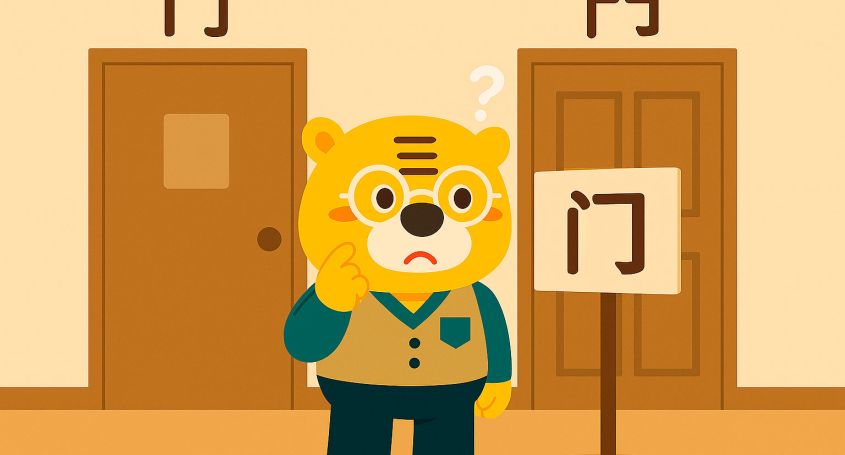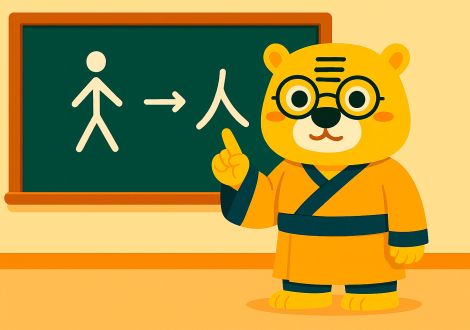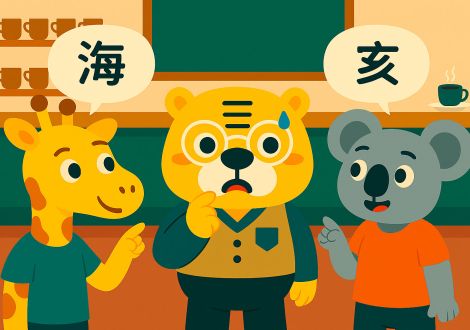Chinese simplified characters are a set of characters that emerged in the 1950s under the government of the People's Republic of China. The creation of simplified characters was carried out as an attempt by the government to increase literacy in China and make the writing of Chinese easier to learn.
As early as the 1930s and 1940s, the Kuomintang government (Nationalist Party) proposed an "official" simplification of the most common characters. Many intellectuals supported this proposal, but it was not implemented.
The idea behind simplified characters was to reduce the number of strokes necessary to write a character, making it easier to learn and write. In 1986, the "General Table of Simplified Characters" 简化字总表 [jiǎnhuàzì zǒngbiǎo] was published, which includes a total of 2,235 simplified characters.
During this period, the pinyin 拼音 [pīnyīn] system was also created, which is a romanization system that writes the pronunciation of Chinese characters in alphabetical characters, making it easier to learn the pronunciation of Chinese characters, and it is still used today.
The reform of simplified characters was a significant change in the history of the Chinese language. Since their creation, they have become the predominant form of writing in mainland China and are taught in schools as the official form of Chinese writing.
However, not everyone agrees with the adoption of simplified characters in the Chinese language. In Hong Kong, Taiwan, and other territories where Chinese is spoken, traditional Chinese characters are still widely used and valued, as they are considered an important part of the country's culture and history.





